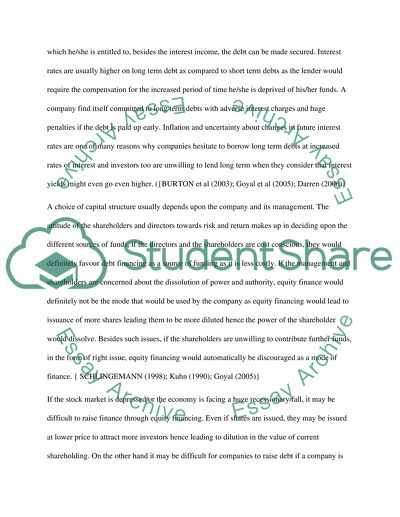Cite this document
(“The Capital Structure Essay Example | Topics and Well Written Essays - 2000 words - 17”, n.d.)
The Capital Structure Essay Example | Topics and Well Written Essays - 2000 words - 17. Retrieved from https://studentshare.org/finance-accounting/1564552-essay
The Capital Structure Essay Example | Topics and Well Written Essays - 2000 words - 17. Retrieved from https://studentshare.org/finance-accounting/1564552-essay
(The Capital Structure Essay Example | Topics and Well Written Essays - 2000 Words - 17)
The Capital Structure Essay Example | Topics and Well Written Essays - 2000 Words - 17. https://studentshare.org/finance-accounting/1564552-essay.
The Capital Structure Essay Example | Topics and Well Written Essays - 2000 Words - 17. https://studentshare.org/finance-accounting/1564552-essay.
“The Capital Structure Essay Example | Topics and Well Written Essays - 2000 Words - 17”, n.d. https://studentshare.org/finance-accounting/1564552-essay.


